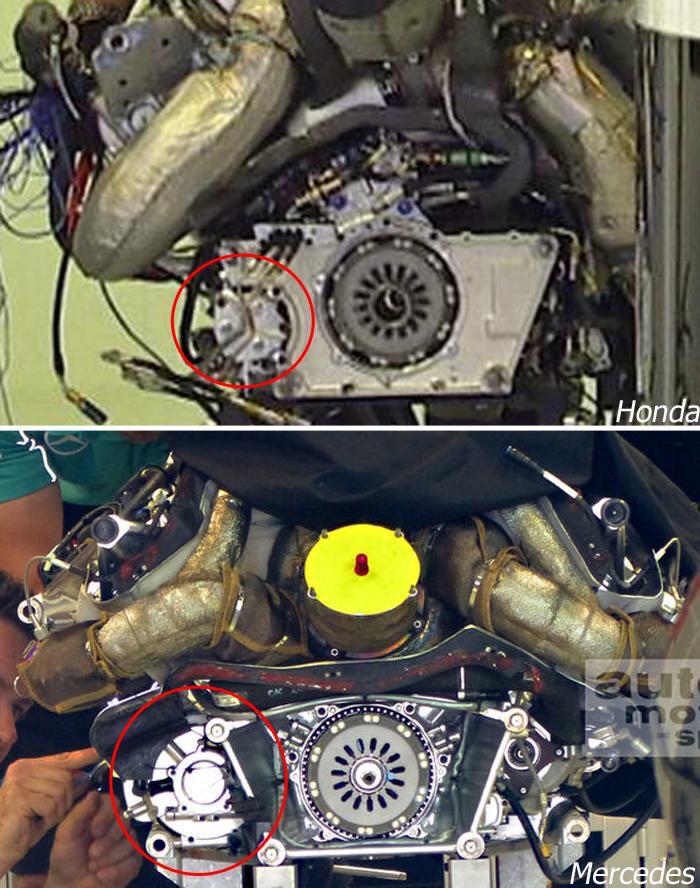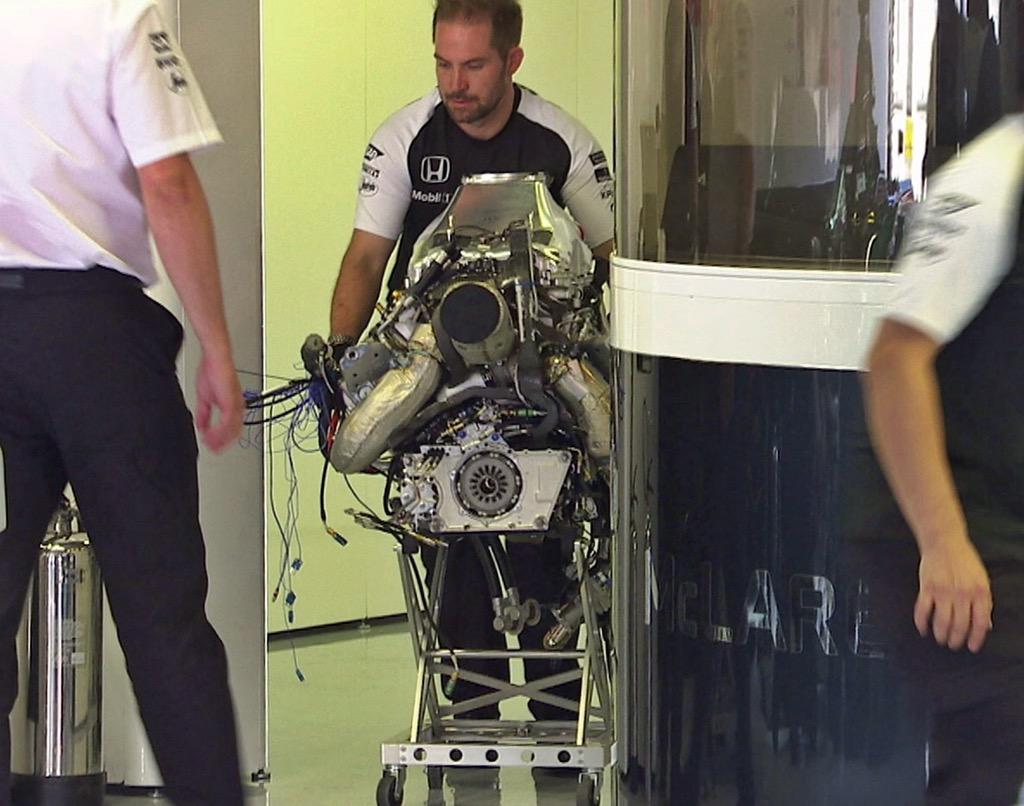
I'm not sure they give much indication of where the compressor is.


I think the compressor work doubles going from 2.5 to 3.5. Not sure if that is your typo or a mistake in my earlier calculations.Tommy Cookers wrote:in your examples the compressor work doubles going from 2.5 to 3.3 PRgruntguru wrote: .....Higher boost pressure does not have a turbine recovery cost. If the exhaust back pressure is increased by the same amount, the turbine power will increase by roughly the same as the compressor power ie no change in recovery. This is for compressor and turbine efficiencies of 80%. At higher efficiencies the recovery will improve with an increase in boost and BP. This also assumes intercooling to ambient. At higher CAT the turbine recovery will improve. Thermal loading of the combustion chamber will not increase due to the additional surplus air offsetting the higher CAT.
so, for a given CAT, the charge cooling requirement (heatflow) doubles
yes, the gas temperature during the compression stroke will rise equally for both PRs
yes, during combustion the temperature will rise less with the higher PR
so a somewhat higher CAT seems possible with the higher PR
but surely the charge cooling requirement remains much greater ?
of course, because of the small temperature differences, the charge cooler is relatively much bulkier than other coolers
compression temperature is somewhat indicative of the liklihood of (self-ignition) problems during combustion ?gruntguru wrote: ....... Even if we increase CAT by 50*C the compression temperature will only increase by about 100*C (for a 10:1 CR) so combustion temp would still be 600*C lower at 3.5 bar MAP.
1. Temperature and AFR of the end-gas are the principle determinants of detonation. We are talking some time into the combustion process and 100*C increase in the initial temp (of the end-gas) would likely be more than offset by the 600*C reduction in final gas temperature. In particular, stratification will produce an end-gas which is significantly leaner and therefore significantly reduce the temperature of the approaching flame front. Finally, the auto-ignition temperature of the end-gas reduces significantly with increasing lambda.Tommy Cookers wrote:1. compression temperature is somewhat indicative of the liklihood of (self-ignition) problems during combustion ?gruntguru wrote: ....... Even if we increase CAT by 50*C the compression temperature will only increase by about 100*C (for a 10:1 CR) so combustion temp would still be 600*C lower at 3.5 bar MAP.
2. combustion temperature is also, but yours are conceptual/'theoretical' values that would not obtain here due to piston movement ??
3. or does the reduction in (conceptual) combustion temperature mean most in respect of reduced heat loss ?




It may be that the Honda has the compressor in the vee, whereas Mercedes have theirs at the front of the engine.PlatinumZealot wrote:The split turbo is so high it makes me wonder if it was only positioned that high during the later stages of the design. The Mercedes turbo is so neatly nestled between the banks. Mercedes must have had the turbo tunnel put very close to the cylinders with the necessary strengthening to to allow such a close fitment. When you look at the honda engine, they didn't take the risk of putting the turbo tunnel down into the block.
https://pbs.twimg.com/media/COEH5uMWEAEDLta.jpg:large
My point being that the location of the compressor (in the vee) dictates the location of the turbine - ie higher than desirable.riff_raff wrote:Location of the turbine is likely more of a concern than location of the compressor.
Sincewuzak wrote:My point being that the location of the compressor (in the vee) dictates the location of the turbine - ie higher than desirable.riff_raff wrote:Location of the turbine is likely more of a concern than location of the compressor.
5.4.2 The centre of gravity of the power unit may not lie less than 200mm above the reference plane.

There is one issue with the split turbo design that's used by Mercedes. Because of the bigger distance between the compressor and turbine, the shaft need to be stiffer and heavier so it will increase the inertia and turbo lag, Although this will probably be counter balanced with the aid of the electric motor on the shaft.Abarth wrote:Sincewuzak wrote:My point being that the location of the compressor (in the vee) dictates the location of the turbine - ie higher than desirable.riff_raff wrote:Location of the turbine is likely more of a concern than location of the compressor.5.4.2 The centre of gravity of the power unit may not lie less than 200mm above the reference plane.
we can safely assume that this is not too much of a concern.
or they discarded it because they didnt have anough ressources to make a shaft that can handle the extra straint... like Renault...but a they discarded it because of the extra strain on the shaft.